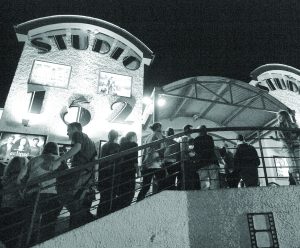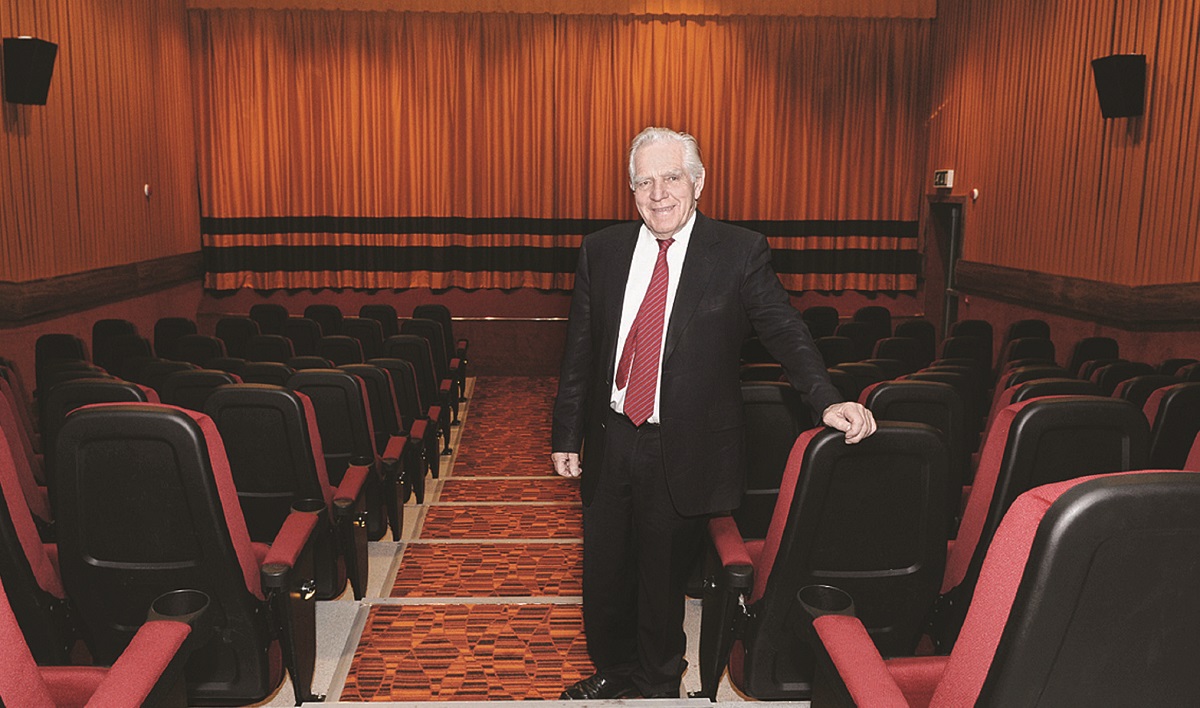Many will fondly recall the days of climbing the steps to Phil Richardson’s once-thriving multi-screen cinema on Gillygooley Road, where local moviegoers could immerse themselves in a traditional cinematic experience.
Today, the cinema stands abandoned, its final scene played out just two years ago, leaving only cherished memories in the hearts of film enthusiasts.
The roots of the cinema stretch back to the mid-1970s, following the closure of the County Cinema in Omagh town centre.
Established by Charles H Donaghy in 1935 on Market Street, the County Cinema was a much-loved entertainment venue. However, as the Troubles escalated, dwindling numbers forced the cinema to close its doors in 1973, leaving a void in Omagh’s entertainment scene.
Enter Phil Richardson, a local entrepreneur, who took up the challenge to revive the town’s love for film.
Born into a family with a deep passion for cinema, Phil’s father was a local film enthusiast who brought movies to life via a projector in parochial halls across the area.
Inspired by his father, the younger Phil embarked on his cinematic journey in the 1950s, purchasing and refurbishing the Gorey Cinema in Newtownstewart at a cost of over £1,000 – a significant investment at the time. This venture proved to be a resounding success, setting the stage for Phil’s future endeavours.

Just two years after the closure of the County Cinema, Phil Richardson revitalised Omagh’s film scene with a ground breaking achievement.
In October 1975, the state-of-the-art Studio Cinema opened its doors, one of the most technologically advanced of its time, featuring a projection room that served both screens and seating designed to provide a fully immersive experience for its audience. The cinema’s luxurious design, complete with a spacious foyer and opulent decor, impressed the local community.
The first film to grace the screens of the Studio Cinema was the gripping thriller The Towering Inferno, directed by John Guillermin.

The cinema’s success was a testament to Phil’s vision and determination, and it particularly flourished during the 1980s thanks to blockbuster hits such as ET, Ghostbusters, Top Gun etc.
As profits grew, so did the cinema. In 1983, a new set of surround sound speakers were installed, enhancing the audience’s experience. But the real transformation came in 1990 when Phil Richardson announced a massive expansion, doubling the cinema’s capacity from two screens to four and accommodating nearly 1,500 moviegoers.
The cinema continued to develop throughout the 1990s as a modernised sound system was implemented and a further expansion increased the number of screens to seven.
By the turn of the millennium, the cinema was celebrating its silver jubilee, with hundreds of filmgoers still flocking to see the latest releases. However, the rise of home entertainment systems, such as DVDs, began to draw people away from the traditional cinema experience.
In a 2010 interview with the UH, Phil Richardson hinted at the challenges facing the cinema industry, even as he oversaw another expansion to accommodate 3D screenings. “All we’re doing is staying as progressive as we can … The cinema business changed dramatically last year, and this expansion will move us onto the next level,” he said at the time.
Despite these efforts, the changing tides of technology and entertainment preferences proved too much. Just five years later, Phil Richardson sold the cinema to IMC. Although the multiplex chain attempted to modernise the venue, the cinema ultimately closed its doors within six years of IMC taking over, marking the final chapter in the story of one of the most popular silver screens to have graced the town.







